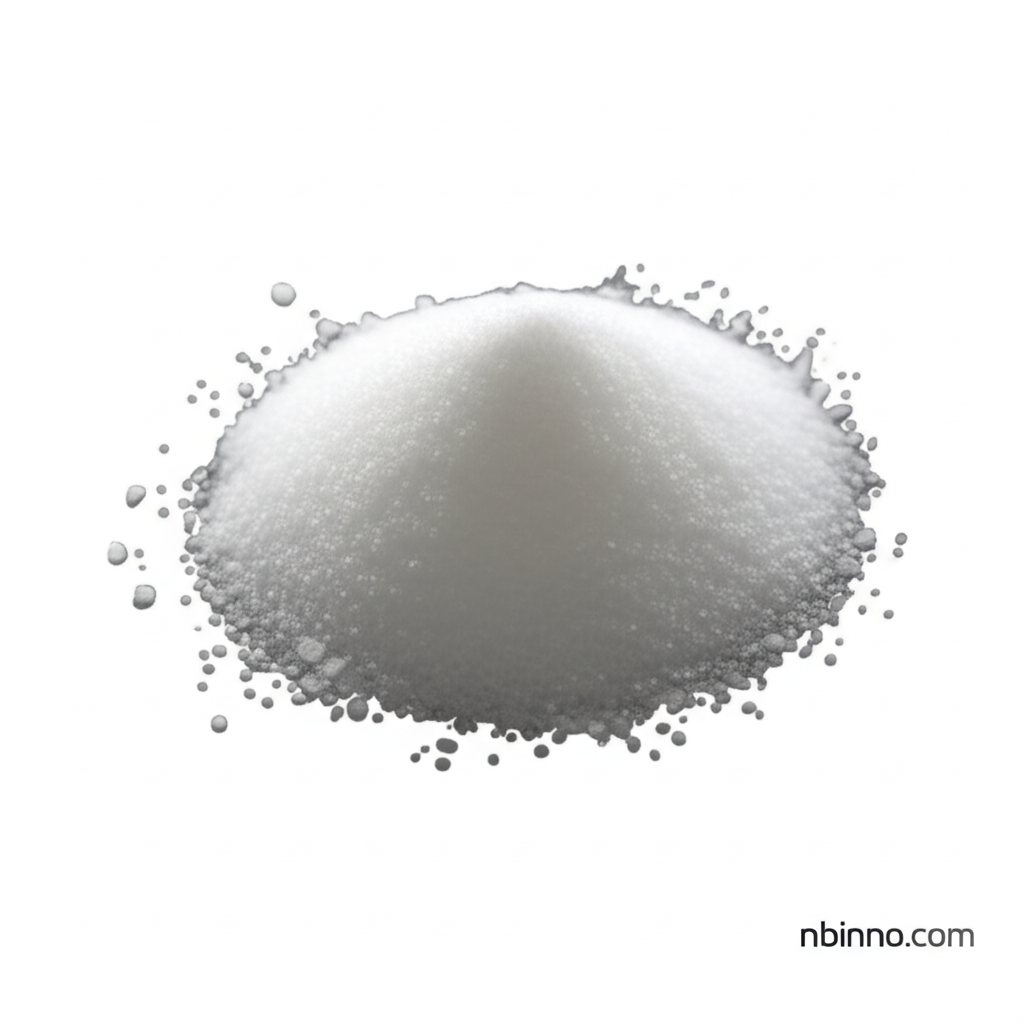Trimellitic Anhydride (TMA): A Versatile Chemical Intermediate for High-Performance Applications
Discover the extensive applications of Trimellitic Anhydride (TMA), a vital chemical intermediate driving innovation in polymers, coatings, and lubricants. Learn about its properties and uses as a reliable supplier in China.
Get a Quote & SampleProduct Core Value

Trimellitic Anhydride
As a trusted supplier in China, we offer Trimellitic Anhydride (TMA), a trifunctional aromatic anhydride renowned for its high reactivity and exceptional thermal stability. Its unique structure makes it an indispensable component in the synthesis of advanced materials, offering enhanced performance across various demanding applications. Explore its potential as a key chemical intermediate.
- Leverage TMA's role as a PVC plasticizer precursor for applications like high-temperature cables and automotive interiors, ensuring optimal flexibility and heat resistance.
- Explore TMA as a critical component in Polyimide Resins, enabling materials that withstand extreme temperatures up to 260°C, vital for aerospace and advanced electronics.
- Utilize TMA as an effective Epoxy Curing Agent to achieve high glass transition temperatures (Tg) of 198°C, essential for wind turbine blades and robust electrical insulation.
- Inquire about TMA for advanced applications such as aviation lubricant additives, providing essential anti-wear properties across a wide temperature range, a key aspect of high-performance lubrication.
Advantages of using TMA
Enhanced Thermal Performance
TMA's robust chemical structure contributes significantly to the thermal stability of end products. This makes it an invaluable component when aiming for improved heat resistance, a crucial factor in high-temperature applications.
Improved Material Properties
By incorporating TMA, manufacturers can achieve superior mechanical strength and chemical resistance in polymers. This is critical for extending the service life and reliability of products in challenging environments.
Versatile Chemical Reactivity
The trifunctional nature of TMA allows for diverse chemical reactions, enabling its use as a building block for a wide array of specialty chemicals, resins, and performance additives. This versatility is key to developing innovative solutions.
Key Applications
Polymer Materials
TMA is crucial in synthesizing high-performance polymers like polyimides and polyesters, valued for their exceptional thermal and mechanical properties, essential for segments like aerospace and high-speed rail interiors.
Functional Chemicals
It serves as a key epoxy curing agent and an additive for aviation lubricants, enhancing durability and performance in demanding conditions, demonstrating its wide use in functional chemical applications.
Coatings and Adhesives
TMA contributes to the formulation of heat-resistant coatings and adhesives, improving material longevity and performance in industrial and automotive applications. Its use in waterborne and powder coatings highlights its adaptability.
Emerging Fields
TMA is finding new roles in developing halogen-free flame-retardant polyesters for electronics and acts as a chain extender for biodegradable polymers, showcasing its potential in sustainable material development.
